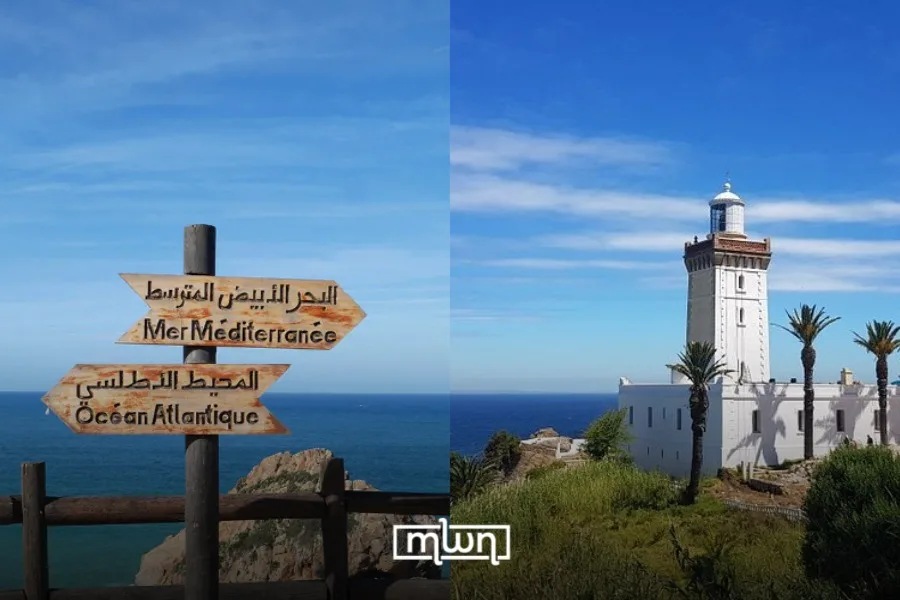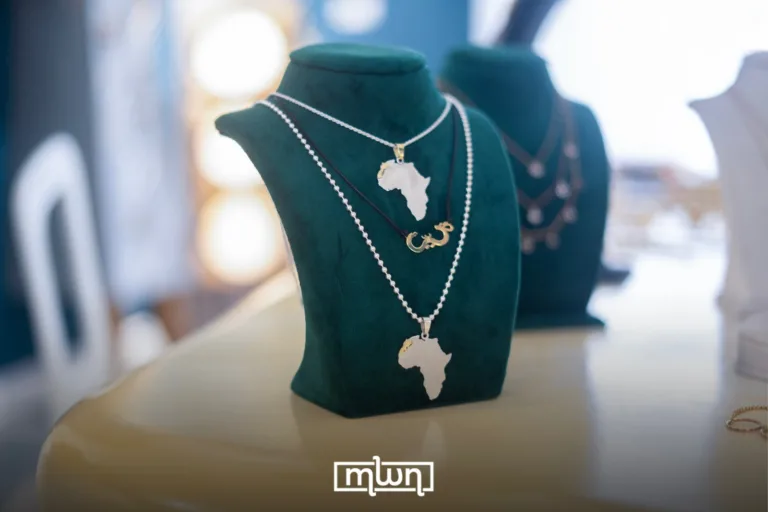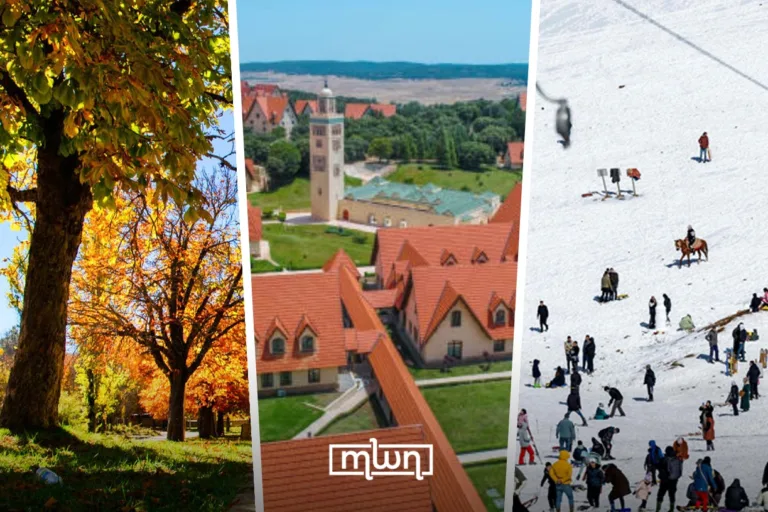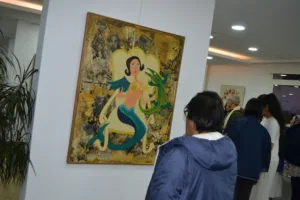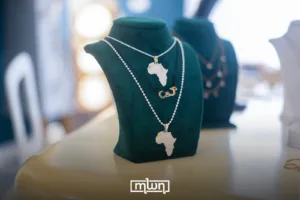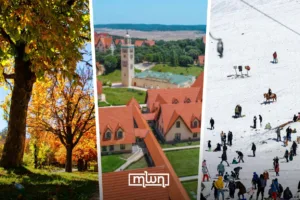Where the Atlantic hugs the Mediterranean, Cap Spartel Lighthouse still guides ships and stories alike.
Fez – Perched on a rocky promontory just west of Tangier, Cap Spartel Lighthouse has guarded one of the world’s most storied maritime crossroads for more than a century and a half.
Where the Mediterranean meets the Atlantic and three continents seem to lean toward each other, this landmark embodies both Morocco’s seafaring past and its architectural heritage.
Born from tragedy at sea
The lighthouse owes its existence to a disaster. In 1860, the Brazilian training frigate “Dona Isabel” sank off these treacherous waters, claiming the lives of 250 naval cadets.
At the time, piracy along these coasts had declined, but unpredictable storms and hidden reefs made navigation perilous.
To prevent further loss, Sultan Mohammed IV ordered a lighthouse to be built at Cap Spartel.
Completed in 1864 after three years of meticulous work by Moroccan craftsmen under a French engineer, the tower became a vital point of reference for ships entering and leaving the Strait of Gibraltar.
Its strategic position immediately drew international attention. Fearing it could be used as a tool of war, major powers including Britain, France, Spain, and the United States signed an 1865 agreement guaranteeing the lighthouse’s neutrality.
The pact even arranged shared oversight and funding, making Cap Spartel one of the rare lighthouses governed by multinational accord during the 19th century.
A beacon shaped by Andalusian design
Architecturally, Cap Spartel Lighthouse stands apart. Its 31-meter tower rises from a wide base modeled after Morocco’s traditional mosque minarets, adorned with carved details inspired by Andalusian craftsmanship.
A spiral staircase of 101 mahogany steps leads to a lantern room whose panoramic balcony offers sweeping views of Tangier’s coastline, where ocean blues meet Mediterranean greens.
Over the decades, Morocco has carefully preserved the lighthouse despite harsh coastal weather.
A major restoration in 2013 ensured its original design remained intact while reinforcing its structure for future generations.
In 2021, the site opened to visitors as part of Morocco’s National Lighthouse and Maritime Signaling Museum, transforming it from a silent sentinel into a living monument to the nation’s maritime history.
Recognized as a world heritage lighthouse
In 2023, the International Association of Marine Aids to Navigation honored Cap Spartel as a “Heritage Lighthouse,” making it the only Arab and African site to hold this title.
The award stresses not only on its technical role in guiding sailors but also its cultural and historical importance.
This recognition places Cap Spartel among an exclusive global network of lighthouses celebrated as cultural landmarks, alongside sites in France, Brazil, Australia, and South Korea.
Where nature and history collide
The lighthouse’s surroundings are as captivating as the structure itself. Cap Spartel is a meeting point of two ecosystems shaped by the Mediterranean climate and Atlantic winds.
Its pine forests mix with native shrubs and eucalyptus groves, creating a haven for wildlife. Migratory birds, from pink flamingos to storks, cross overhead, while the nearby Spartel forest shelters reptiles, amphibians, and countless insects, adding to the region’s rich biodiversity.
Caves carved by the ocean line the cliffs below, while hiking trails lead visitors through landscapes where sea spray mingles with the scent of pine.
It’s a place where maritime history and natural beauty intertwine seamlessly.
More than a navigational aid
Today, Cap Spartel Lighthouse is no longer just a tool for guiding ships, it’s a cultural landmark, a museum, and a vantage point over one of the world’s most symbolic maritime gateways.
Whether approached from land or sea, it reminds travelers that Morocco’s story has always been shaped by openness, trade, and connection across continents.
From tragedy to triumph, this historic lighthouse continues to shine, not only as a beacon for sailors but as a testament to Morocco’s enduring role at the crossroads of worlds.

